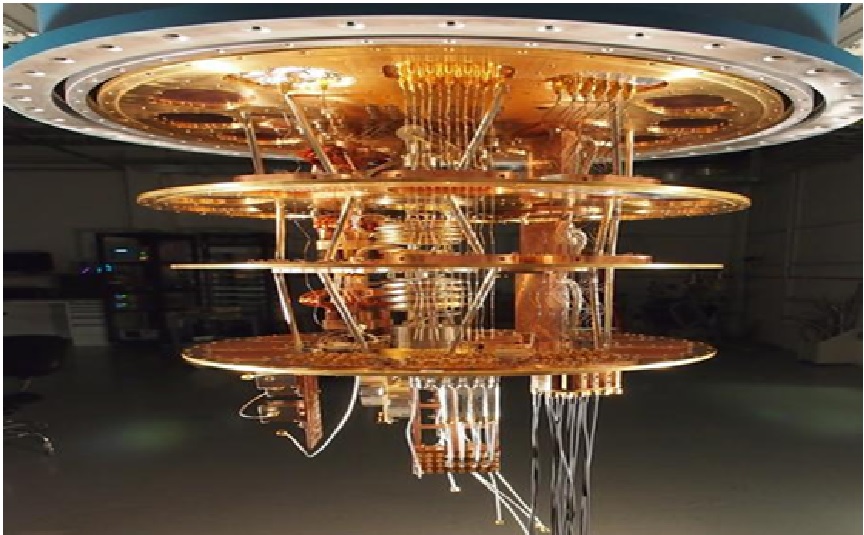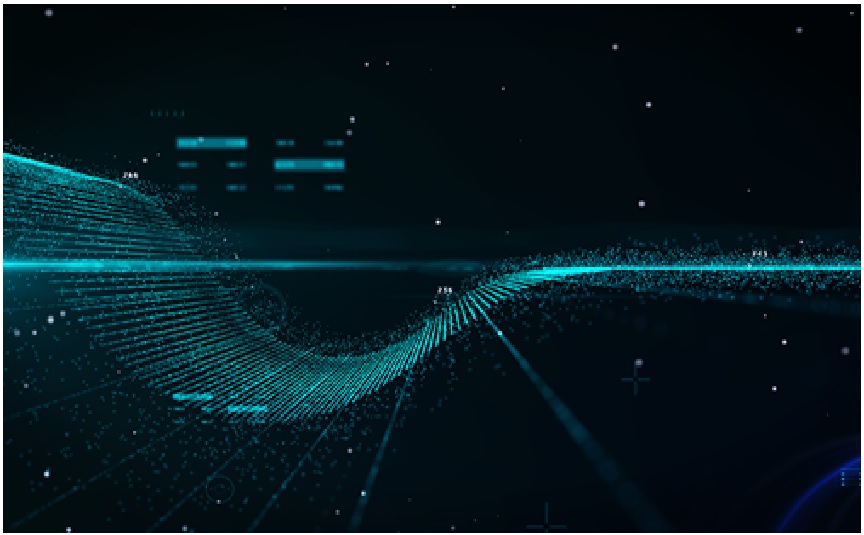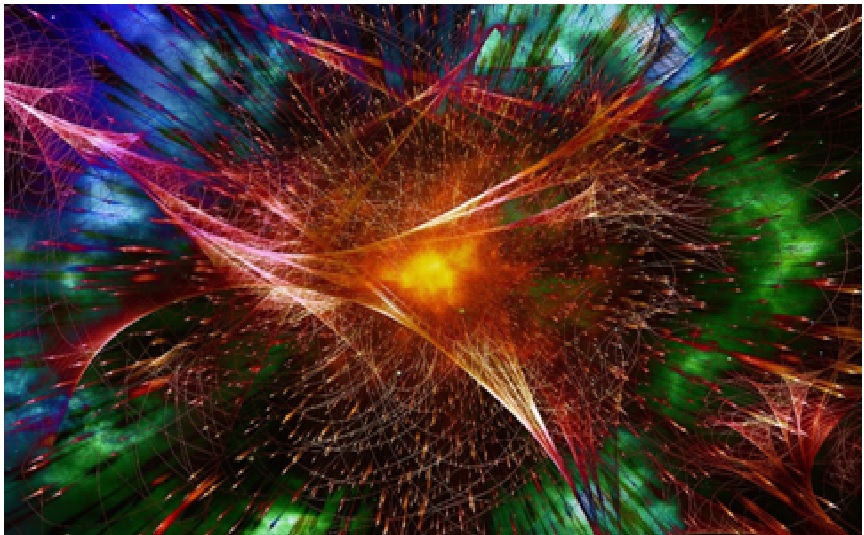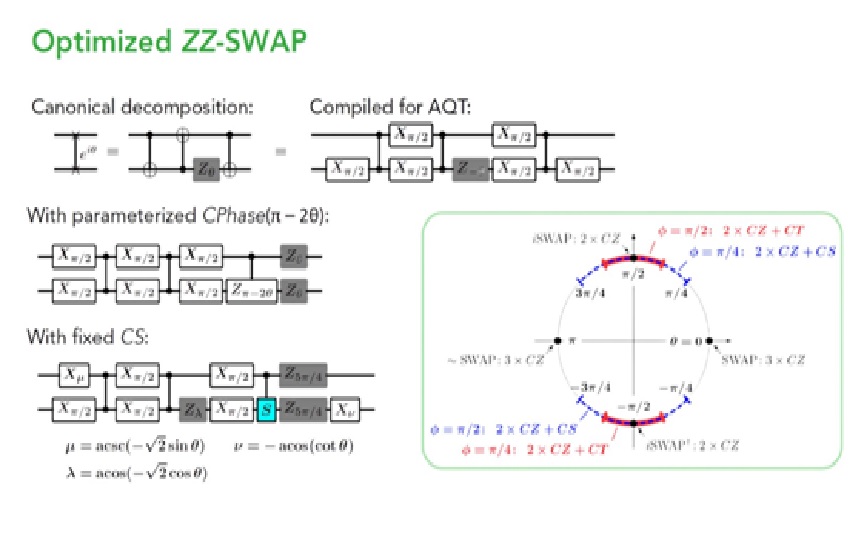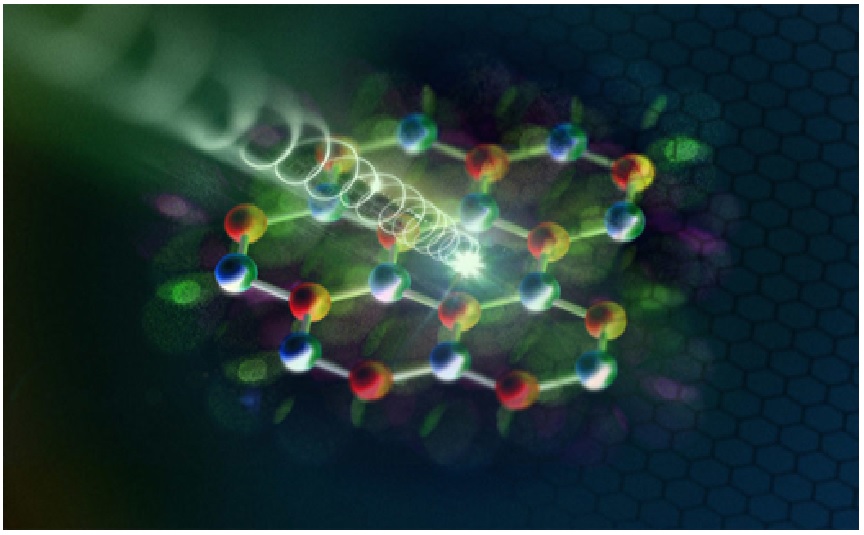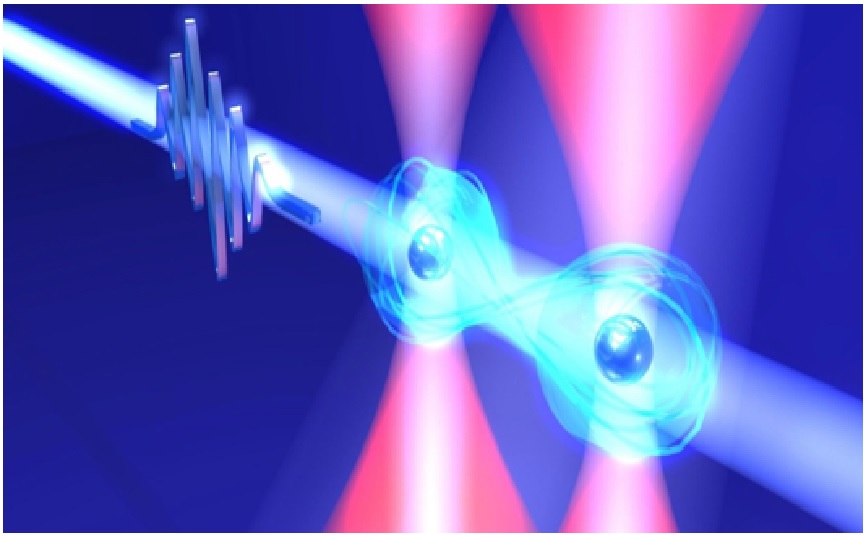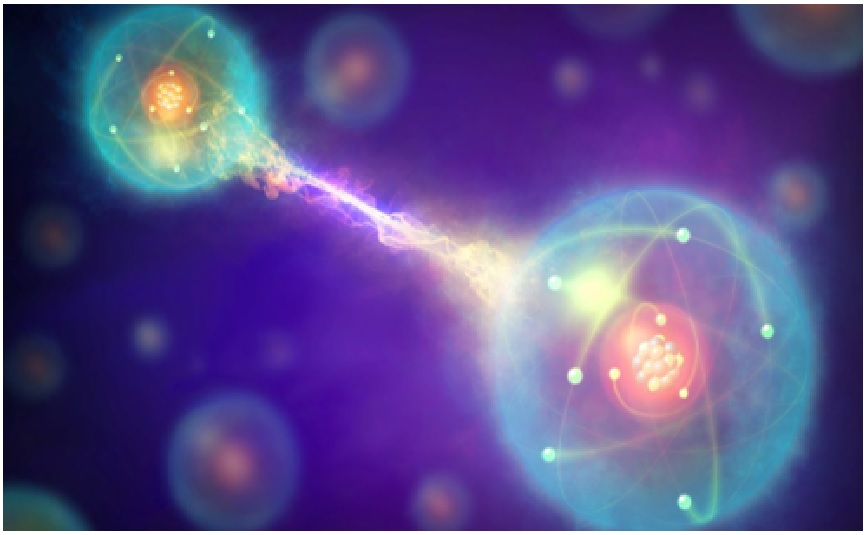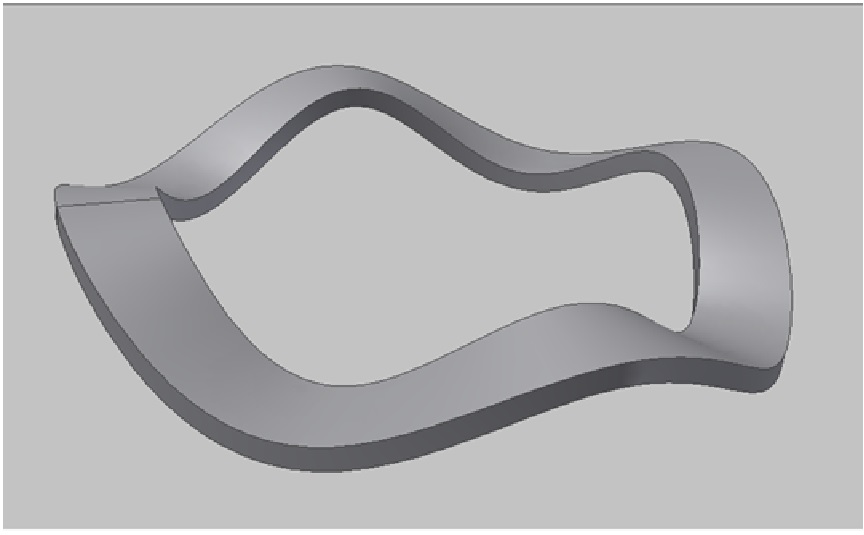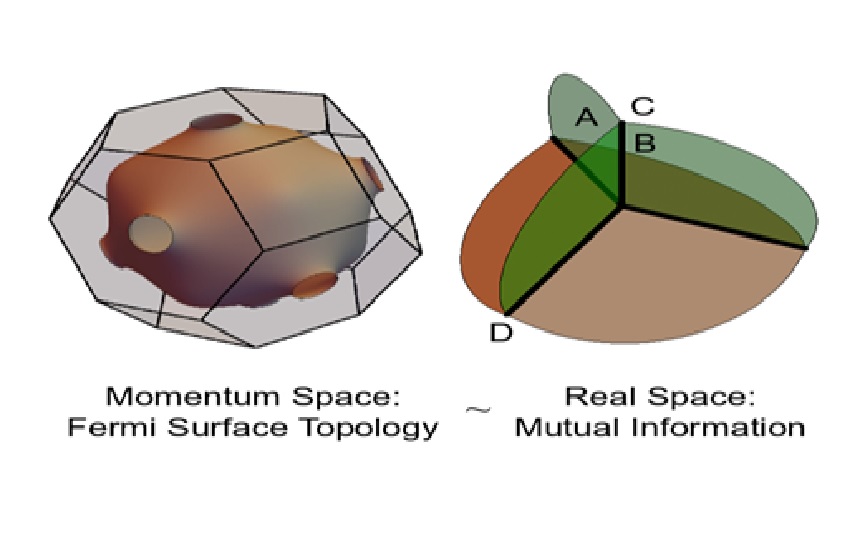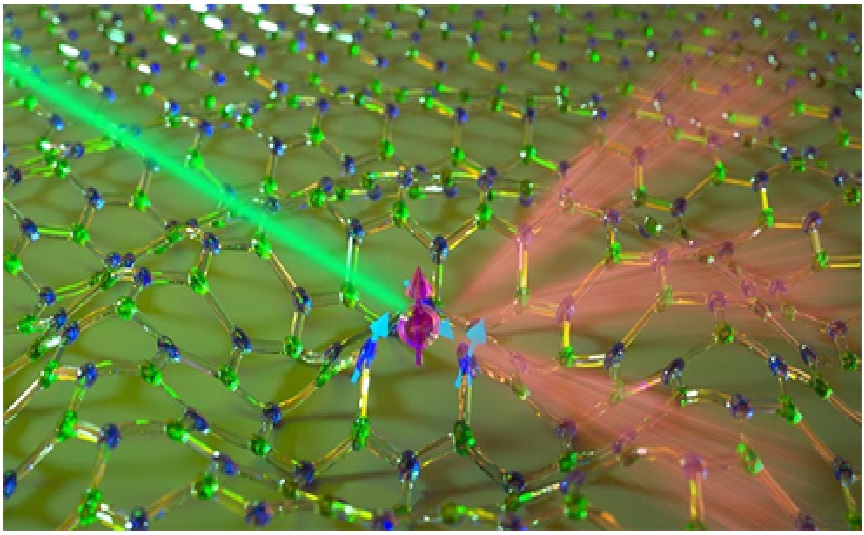Quantum Dots can be the Next Generation Lightening System
The researchers at the University of Cambridge have designed the next-generation smart lighting system using a combination of nanotechnology, color science, advanced computational methods, electronics and a unique fabrication process. They were able to reproduce daylight conditions using more than three primary colors used in typical LEDs.
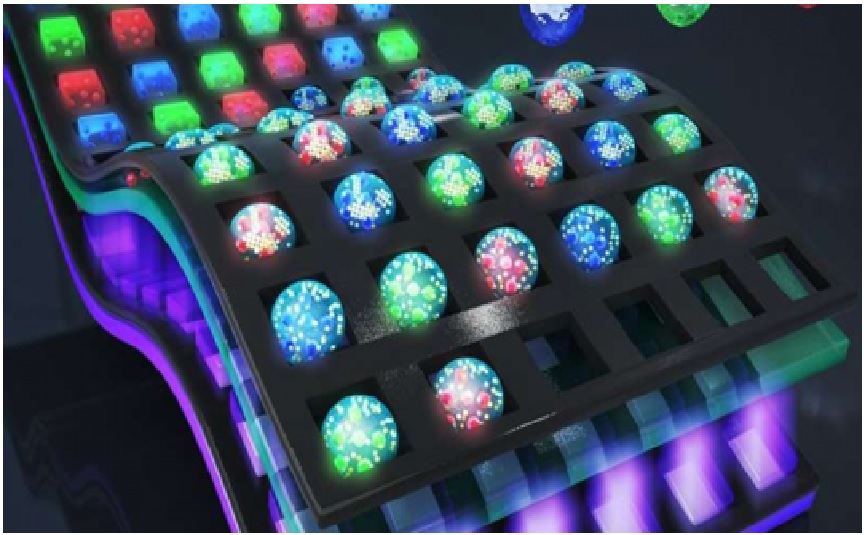
Figure 1. The next generation lightening system using quantum dots.
Figure 1 shows thatPeople prefer visual comfort, whether it be a design of a product or a workspace. Visual comfort is achieved when the vicinity has a good natural or artificial light source and some good glare control. An object’s color is determined by illumination and that is what we require. [1]
The Cambridge researchers developed an architecture for quantum-dot light-emitting diodes (QD-LED) based next-generation smart white lighting. They combined system-level color optimization, device-level optoelectronic simulation, and material-level parameter extraction.
The researchers produced a computational design framework from a color optimization algorithm used for neural networks in machine learning, together with a new method for charge transport and light emission modeling.
The QD-LED system uses multiple primary colors – beyond the commonly used red, green, and blue – to more accurately mimic white light. By choosing quantum dots of a specific size – between three and 30 nanometers in diameter – the researchers were able to overcome some of the practical limitations of LEDs and achieve the emission wavelengths they needed to test their predictions. [2]
The QD-LED system was able to output a much broader color temperature (CCT) range than current LED-based smart lights.The design could pave the way to more efficient, more accurate smart lighting.
In an LED smart bulb, the three LEDs must be controlled individually to achieve a given color. In the QD-LED system, all the quantum dots are driven by a single common control voltage to achieve the full color temperature range.
Professor Jong Min Kim, who co-led the research, said: “This is the first milestone toward the full exploitation of quantum-dot-based smart white lighting for daily applications.” [3]
References:
- https://www.electronicsforu.com/news/whats-new/quantum-dots-can-be-an-efficient-alternative-to-leds
- https://scitechdaily.com/led-smart-lighting-system-based-on-quantum-dots-more-accurately-reproduces-daylight/
- https://eandt.theiet.org/content/articles/2022/08/quantum-dots-offer-efficient-colour-accurate-alternative-to-leds/
Cite this article:
Sri Vasagi K (2022), Quantum Dots can be the Next Generation Lightening System, AnaTechMaz, pp.66




